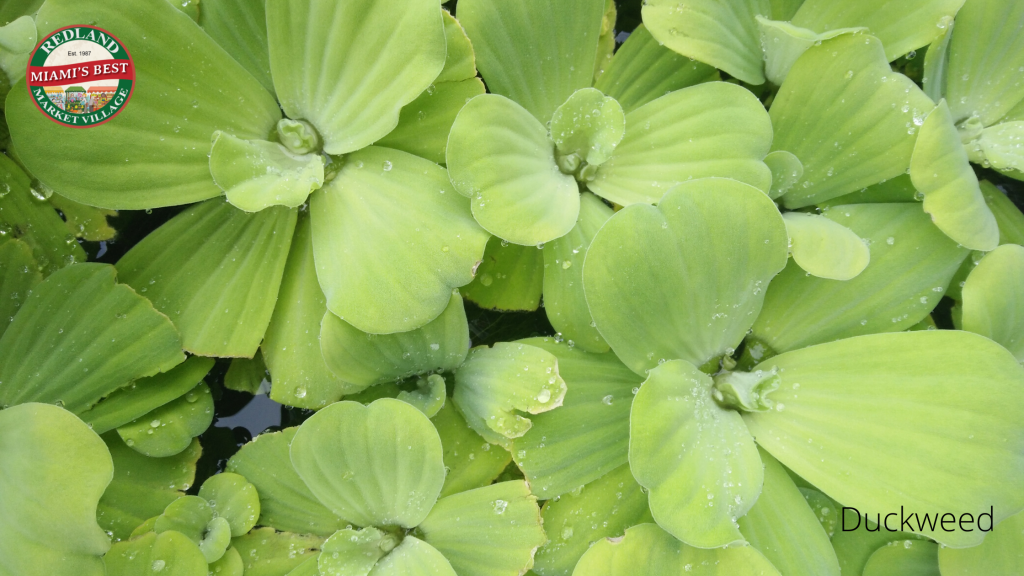Water features can make for relaxing and eye-catching additions to outdoor spaces. According to the online gardening resource Garden Know-How, a water feature is any landscape enhancement that uses water and other material to bring tranquility and beauty to a space.
Thanks to their soothing sounds and aesthetic appeal, water features like ponds and fountains are often included in healing gardens. But they can be used in any and all landscapes.
Homeowners can explore various water features, such as waterfalls, koi ponds, and even rain bells, which offer soothing chime sounds when it rains. One consideration when installing a water feature is whether or not to incorporate live plants. Certain plants are better suited for water features than others.
Surrounding plants
It is possible to create a miniature ecosystem in a yard by surrounding a water feature with certain plants. Gardening Know-How advises using canna lily or taro at the edge of a pond. These plants thrive with roots in the mud and their tops in shallow water. Broadleaf arrowhead is another option, as it can do well in a pond’s shallow edges. It’s a perennial so it will come back and requires little maintenance.
Floating plants
Many plants can live on the surface of the water and provide hiding spots for wildlife in a natural water feature setting. Lotus, also called water lily, is a popular and fragrant option. Water hyacinth produces vibrant lavender flowers that pop on stems that can reach three feet in height. This stunning species can be invasive, but it can be managed by planting within a hoop or submerged woven basket, indicates Happy DIY Home. Other free-floating plants to consider are duckweed, fairy moss, and butterfly fern. Floating plants look beautiful and they can help filter water and control algae growth.
Submerged plants
Submerged plants are a necessity in water features that have fish. These are grown in weighted pots placed on the bottom of the pond. They provide shelter for fish and help oxygenate the water. Hornwort, Anacharis, Watermilfoil, and Dwarf Sagittaria are some examples of submerged plants.
Water features attract wildlife, including potentially pesky insects. Planting pitcher plants in submerged pots can help reduce the presence of unwanted insects in a water feature.
Some water-loving plants are invasive, so it is always best to check with a local agricultural extension or the Department of Environmental Protection to see if certain floating or submerged plants are restricted where you live. For those who want to contain plants, placing pots of cascading greenery and flowers near fountains, pools, and ponds is another way to add appeal without having to dig in the ground.

COME VISIT OUR PLANT NURSERY THIS WEEKEND!








